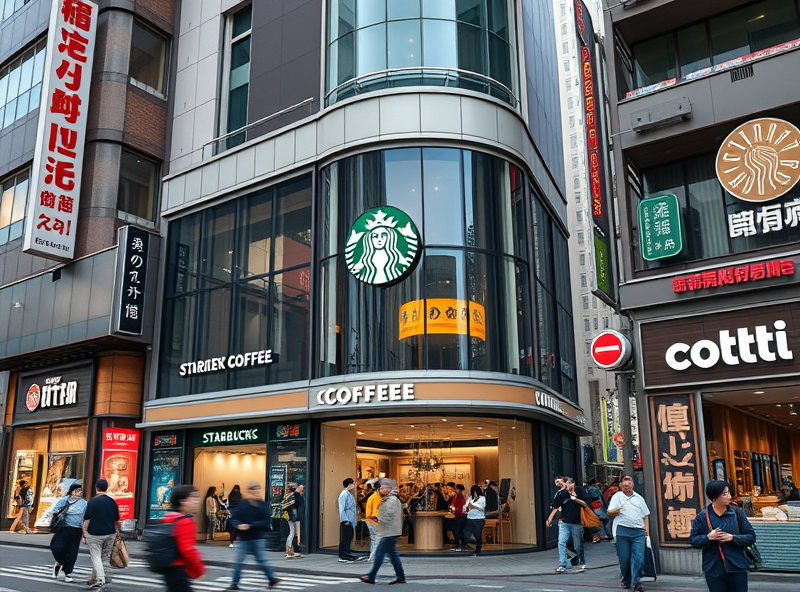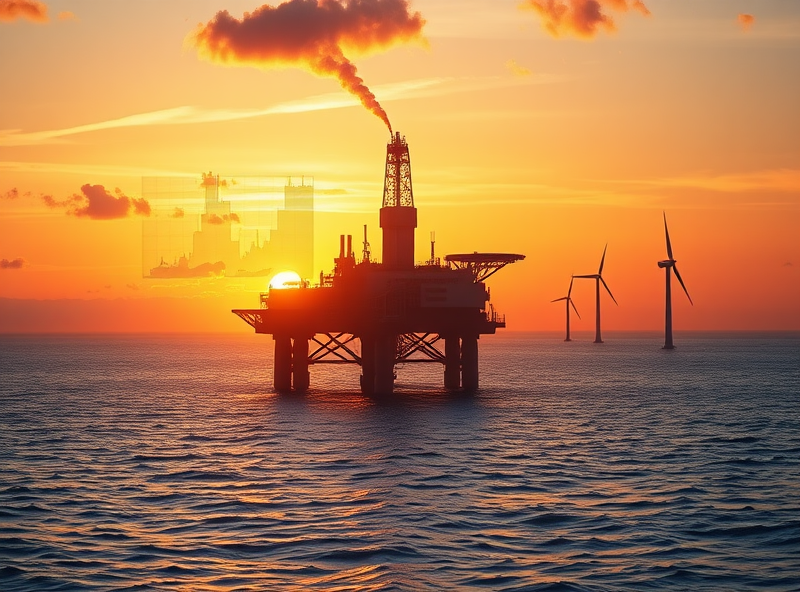
Is Caterpillar Stock a Hidden Winner in the Global Infrastructure Boom?
Strong Financial Base and Modernization Strategy
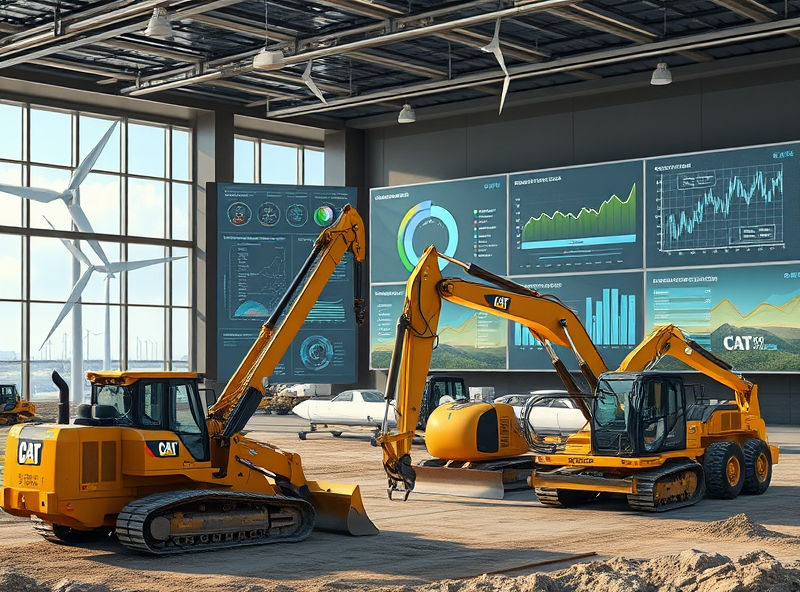
Caterpillar Inc. has long been a bellwether in the heavy machinery and construction equipment industry, but its recent financial performance and modernization efforts are making it increasingly attractive to long-term investors. The company boasts a robust financial foundation, with a consistently strong balance sheet, healthy cash flow, and disciplined capital allocation. In 2023, Caterpillar reported over $67 billion in revenue and maintained an operating profit margin of nearly 20%, signaling operational efficiency and resilience even amid global economic uncertainties.
What truly sets Caterpillar apart is its forward-looking modernization strategy. The company is investing heavily in digital technologies, automation, and alternative energy solutions. Through its Cat® Digital division, Caterpillar leverages data analytics and IoT (Internet of Things) to enhance equipment performance, reduce downtime, and offer predictive maintenance. These innovations not only improve customer satisfaction but also open up new revenue streams through subscription-based services.
Additionally, Caterpillar is embracing sustainability by developing electric and hydrogen-powered machinery, aligning with global infrastructure trends that prioritize environmental responsibility. This positions the company to benefit from the increasing number of green infrastructure projects worldwide.
For investors seeking exposure to the global infrastructure boom, Caterpillar’s strong financial base and strategic modernization make it a compelling, potentially undervalued opportunity.
Source: https://investor.caterpillar.com
Thriving Infrastructure Market as a Growth Engine
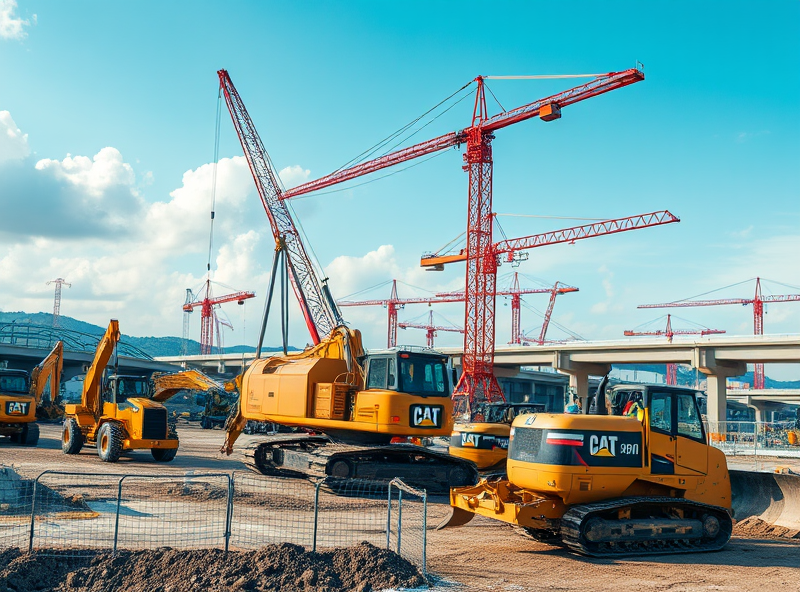
As global governments ramp up investments in infrastructure to stimulate economic recovery and long-term development, companies like Caterpillar Inc. are positioned to benefit significantly. The global infrastructure market is projected to reach over $9 trillion by 2027, driven by urbanization, renewable energy projects, and the modernization of transportation and utility systems.
Caterpillar, a leader in construction and mining equipment, stands out due to its diversified product portfolio and global reach. The company supplies essential machinery for large-scale infrastructure projects, including roads, bridges, ports, and energy facilities. With the U.S. Infrastructure Investment and Jobs Act and similar initiatives worldwide, demand for heavy equipment is on the rise.
What makes Caterpillar particularly compelling is its strategic focus on innovation and sustainability. The company is investing in electrification, autonomous machinery, and digital solutions that improve efficiency and reduce environmental impact. These efforts align with the global shift toward greener infrastructure, positioning Caterpillar as a forward-thinking partner in the sector.
For investors, this means Caterpillar may not just be a cyclical play but a long-term growth story. Its strong balance sheet, consistent dividend payouts, and proactive adaptation to market trends make it a potentially hidden winner in the infrastructure boom.
Source: [U.S. Department of Transportation – Infrastructure Investment and Jobs Act](https://www.transportation.gov/briefing-room/infrastructure-investment-and-jobs-act)
Mixed Analyst Outlooks and Future Price Projections

As global infrastructure spending accelerates, investors are increasingly eyeing Caterpillar Inc. (NYSE: CAT) as a potential long-term winner. However, analyst sentiment on the stock remains mixed, creating a nuanced picture for potential investors.
Some analysts are bullish, citing Caterpillar’s strong positioning in construction and mining equipment, robust cash flow, and its ability to benefit from U.S. and international infrastructure bills. For example, Goldman Sachs recently reiterated a ‘Buy’ rating, projecting strong demand from emerging markets and a multi-year tailwind from government-funded infrastructure projects.
On the other hand, more cautious analysts point to concerns about cyclical risks, rising interest rates, and potential slowdowns in global construction activity. Morgan Stanley, for instance, has a more neutral stance, highlighting margin pressures and uncertainty in China’s construction sector.
Looking at price projections, the consensus 12-month target price for Caterpillar ranges between $250 and $310, depending on the source. This wide range reflects both optimism about long-term growth and caution about short-term volatility. For long-term investors, this means doing deeper due diligence and aligning Caterpillar’s prospects with their own risk tolerance and investment horizon.
If you’re considering adding Caterpillar to your portfolio, keep an eye on macroeconomic indicators, infrastructure policy developments, and quarterly earnings reports. These factors will be key in determining whether Caterpillar turns out to be a hidden winner in the infrastructure boom.
Source: https://www.morningstar.com/stocks/xnys/cat/quote
Potential Risks and Economic Sensitivities
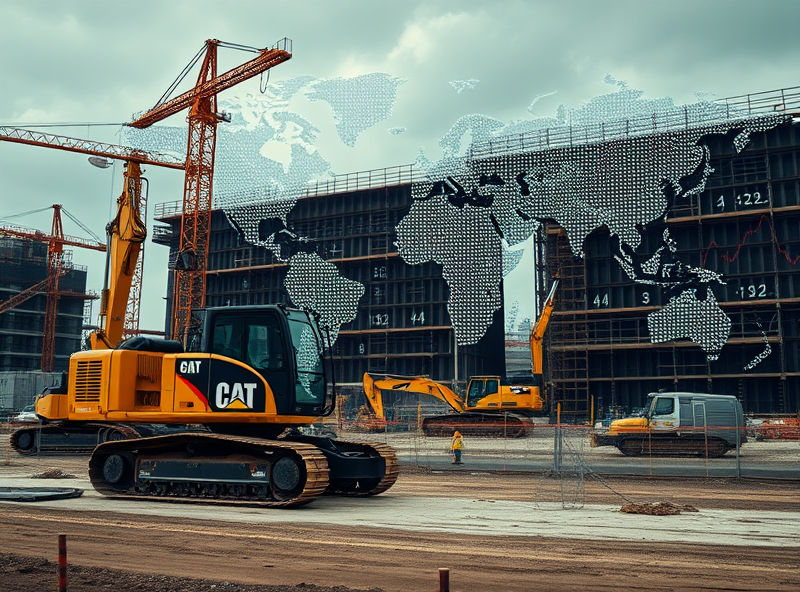
While Caterpillar (CAT) has been gaining attention as a potential long-term winner in the global infrastructure boom, it’s important for investors to understand the risks and economic sensitivities that could impact its performance. Caterpillar’s business is highly cyclical, meaning it is closely tied to the health of the global economy. During economic downturns, demand for heavy machinery and construction equipment tends to decline, which can significantly affect the company’s revenues and profitability.
One of the major risks is exposure to commodity price fluctuations. Since a large portion of Caterpillar’s clients operate in mining and energy sectors, a drop in commodity prices can lead to reduced capital expenditures by these companies, directly impacting Caterpillar’s order volume. Additionally, rising interest rates and inflationary pressures can increase operational costs and reduce customer financing capabilities, making it harder for clients to invest in large-scale equipment.
Geopolitical tensions and trade policies also pose risks. For example, tariffs or restrictions on exports can disrupt Caterpillar’s global supply chain and reduce its competitiveness in international markets. Furthermore, environmental regulations and the global shift toward decarbonization may require significant investment in cleaner technologies, which could affect margins in the short term.
Despite these challenges, Caterpillar has shown resilience through its strong balance sheet and strategic diversification across industries and geographies. Still, potential investors should closely monitor macroeconomic indicators and sector-specific trends before making investment decisions.
For a deeper understanding of Caterpillar’s financial outlook and risk profile, you can refer to their latest investor presentation: https://investor.caterpillar.com



